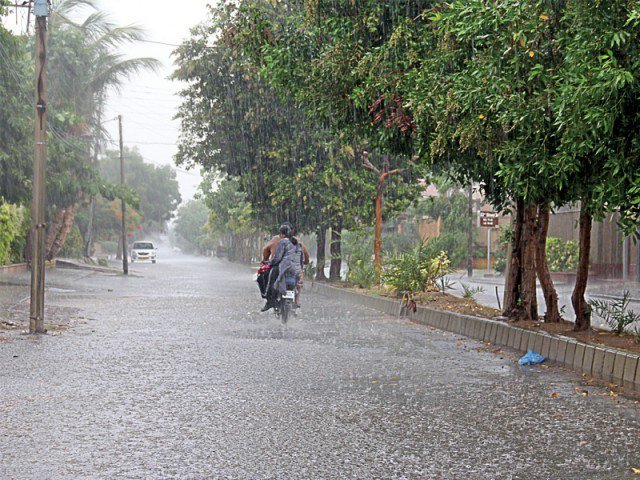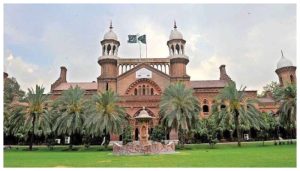Monsoon rains are expected to hit parts of Pakistan from June 26 through early July, bringing much-needed relief from an ongoing heatwave, according to the meteorological department on Tuesday.
The National Disaster Management Authority (NDMA) has issued a comprehensive monsoon forecast for July, highlighting the potential impact of rainfall across various regions. The country has been experiencing a severe heatwave since last month, with temperatures in some areas exceeding 50 degrees Celsius.
“Rains are predicted in the country from June 26 to July 1,” the Pakistan Meteorological Department (PMD) stated on Tuesday. “Monsoon currents from the Arabian Sea and Bay of Bengal are likely to penetrate the eastern parts of the country from June 26.”
The statement warned that heavy rains could cause flash floods in Islamabad, Rawalpindi, Lahore, Sialkot, Gujranwala, and Narowal, as well as the hilly areas of Kashmir from June 28-30.
Dust storms, windstorms, and lightning may also affect daily routines and potentially damage loose structures such as electric poles, vehicles, and solar panels during this period, the PMD cautioned, advising authorities to remain alert and take precautionary measures.
In Pakistan’s southeastern province of Sindh, rain and thundershowers with isolated heavy rainfall are expected in Mithi, Umarkot, Mirpur Khas, Sanghar, Tando Allahyar, Badin, Thatta, Karachi, Hyderabad, Jamshoro, Shaheed Benazirabad, Nausheroferoze, Khairpur, Dadu, Sukkur, Jacobabad, Kashmore, and Larkana districts.
For Punjab province, the statement noted that Islamabad, Rawalpindi, Murree, Galliyat, Attock, Chakwal, Jhelum, Mandi Bahauddin, Gujrat, Gujranwala, Hafizabad, Wazirabad, Lahore, Sheikhupura, Sialkot, Narowal, Sahiwal, Jhang, Toba Tek Singh, Nankana Sahib, Chiniot, Faisalabad, Okara, Kasur, Khushab, Sargodha, Bhakkar, and Mianwali would receive rainfall starting June 27.
“Rain and thundershowers are expected in Bahawalpur, Bahawalnagar, D.G. Khan, Multan, Khanewal, Lodhran, Muzaffargarh, Rajanpur, Rahimyar Khan, and Layyah from June 26-30,” the statement added.
In the northwestern Khyber Pakhtunkhwa province, heavy rainfall is anticipated in the Dir, Chitral, Swat, Kohistan, Malakand, Bajaur, Shangla, Battagram, Buner, Kohat, Mohmand, Khyber, Mansehra, Abbottabad, Haripur, Peshawar, Mardan, Hangu, and Kurram districts from June 28.
For Balochistan, thundershowers are predicted in Lasbella, Khuzdar, Awaran, Jhal Magsi, Kalat, Naseerabad, Jaffarabad, Dera Bugti, Kohlu, Zhob, and Barkhan districts from June 26-28.
In Gilgit-Baltistan, rain and thunderstorms are expected in Diamir, Astore, Ghizer, Skardu, Hunza, Gilgit, Ghanche, and Shigar. In Kashmir, the Neelum Valley, Muzaffarabad, Rawalakot, Poonch, Hattian, Bagh, Haveli, Sudhanoti, Kotli, Bhimber, and Mirpur can expect rainfall from June 28.
Pakistan is consistently ranked among the countries most affected by climate change. Unprecedented rainfall and glacier melting triggered massive floods in 2022, killing nearly 1,700 people and causing $3 billion in damages. Scientists and experts attribute these floods to the adverse effects of climate change, noting that heatwaves and droughts have also become common in Pakistan.














